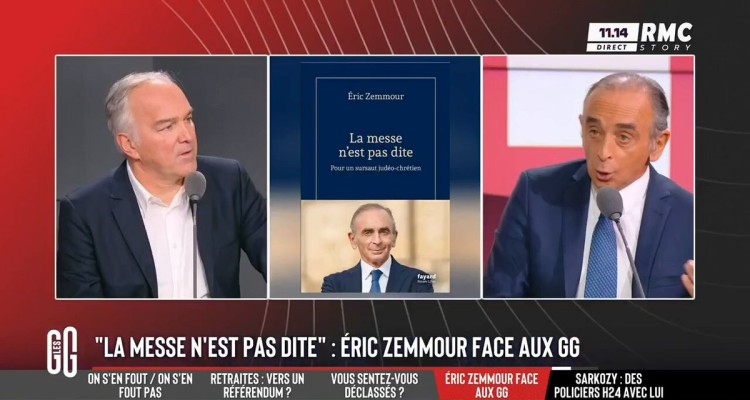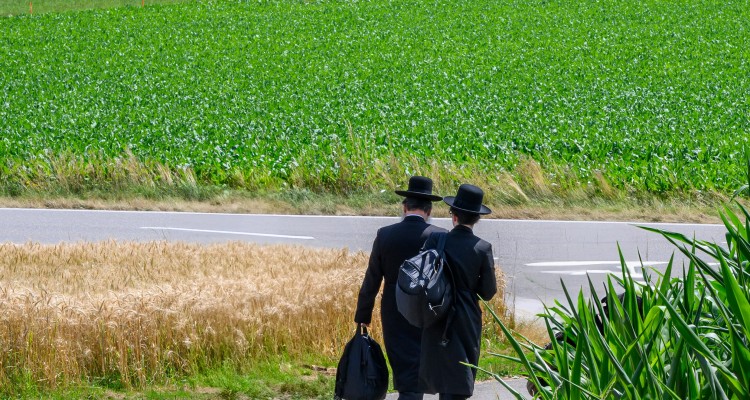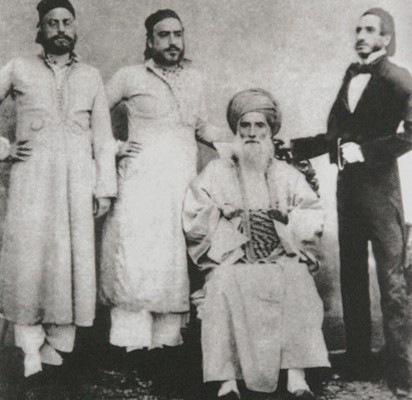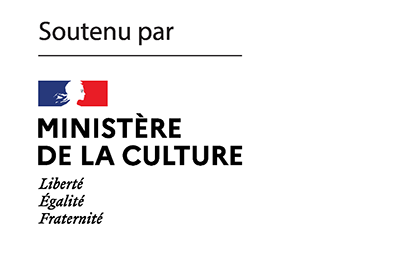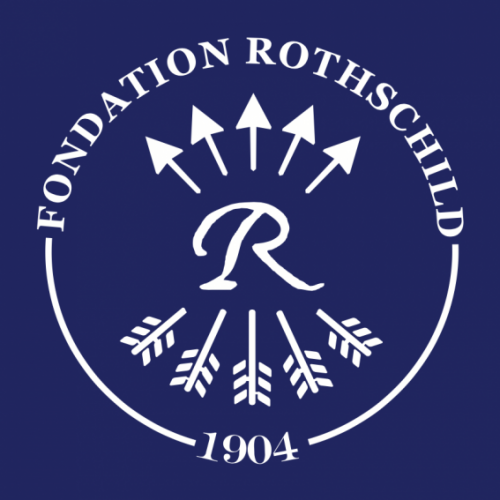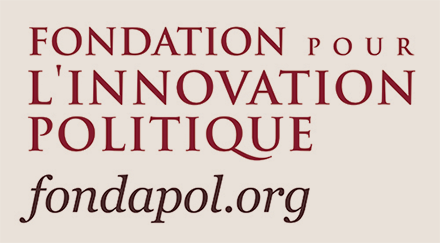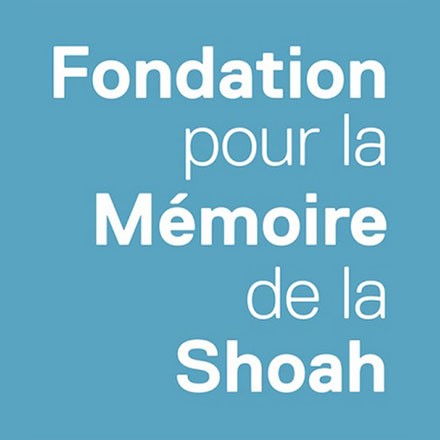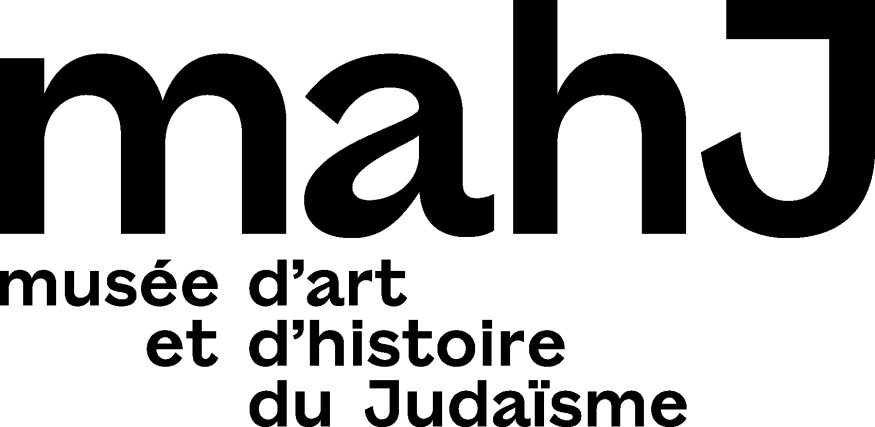Last week, the French far-right politician Éric Zemmour was all over TV promoting his latest book, The Mass Is Not Over: For a Judeo-Christian Revival[1]. Presented as a civilizational manifesto aimed at restoring hope to those who regret the corruption of French national identity by cosmopolitan forces and other Islamo-leftists, Zemmour nevertheless makes a scathing observation: there are those who refuse to say Mass. This ideological matrix—as secularized and nationalized as it may appear – Gabriel Abensour’s text reminds us of its kinship with Catholic anti-Judaism. Zemmour’s civilizational conception may well claim to be “Judeo-Christian”, but it nonetheless demands that Jews assimilate to the point of renouncing and sacrificing their historical consciousness of themselves. And the media spectacle offered is primarily that of a public conversion to eternal France by the “foreign Jew” who, in the same gesture with which he pronounces the national mass, assigns “remigration” to those who persist in their particularity.
In Switzerland, from the 17th to the 19th century, the villages of Lengnau and Endingen were the only places where Jews were allowed to establish permanent residence. Today, only the stonework remains as a reminder of this bygone era. For K., journalist Évelyne Dreyfus and photographer Éric Béracassat returned to these lands to document the traces of a community that has almost disappeared.
Lastly, we are revisiting Mitchell Abidor’s piece, which is exploring the long and fascinating history of the Sassoon family. A story that takes us from Iraq to England, via India and China. The Sassoons proclaimed themselves descendants of King David, were described as the “Rothschilds of the East”, spoke Judeo-Arabic as well as Hindustani before converting to English civilization. Through a rich selection of works collected by members of the family over the years, the story is told of the gradual integration into Europe of an Iraqi Jewish family who turned into British aristocrats.
Notes
| 1 | Editor’s trandlation of the title. Original book title in French: La messe n’est pas dite : Pour un sursaut judéo-chrétien. |
